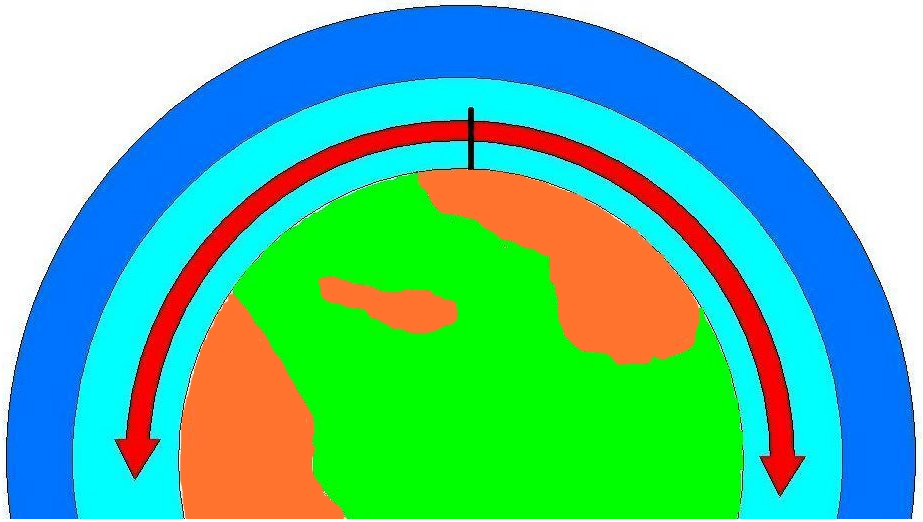
HF News
This week, you could be forgiven for thinking that Solar Cycle 25 is now over. With a reduced solar flux index, and almost a blank Sun, there was little to get excited about.
By Thursday the 15th, the SFI stood at 122. But on the 12th it was down to 116 – the lowest it has been for some time. There is still a lot of solar activity going on, but most of it is not conducive to good HF propagation.
Over the past week we have had two X-class solar flares and five M-class events. The X-class events were associated with coronal mass ejections, but these appear to have been directed away from Earth. A fast solar wind has resulted in the Kp index standing at four for a lot of the time, namely on the 9th and 10th and again on the 14th and 15th.
Unfortunately, this is not uncommon at this point in the solar cycle and adds some evidence that we are now in the declining phase of cycle 25.
Next week, NOAA predicts that things may improve with the SFI set to rise from May 19. It forecasts the SFI will start the week around 115, but then climb steadily, reaching 145 by June 1. After a brief rise to Kp=4 on the 19th, things then become more settled with a Kp of two between the 22nd and 28th.
Unfortunately, this weekend (the 17th and 18th) is not looking good thanks to a large elongated coronal hole that becomes Earth-facing around the 16th, perhaps causing disruption, raised K indices and lower MUFs from the 18th onwards.
If this all comes to pass, it looks like the best HF F2-layer conditions may occur between May 22nd and 28th.
And don’t forget, despite the HF doldrums, we are now well into Sporadic E season with short-skip occurring, predominately on 10m. But more of that in the VHF section.
VHF and up
The prolonged spell of high pressure is likely to remain until near the end of next week. Plenty of time to get some more Tropo in the log.
Cloudier and cooler air over eastern Britain as we end the previous week may enhance the Tropo by adding moisture under the inversion. For most places the strongest Tropo conditions will be overnight and early morning then degrade as the daytime heating destroys the surface temperature inversion.
Meteor scatter is declining a little, apart from a few stragglers from early May showers, so it’s probably better to keep to the early morning period as your go-to time for meteor scatter to focus on any random input.
Rain scatter is unlikely until next weekend, but it might be worth thinking about the GHz bands from next Friday onwards.
Aurora is a different matter, and the solar activity is likely to keep things interesting as a large sunspot group rotates into an Earth-facing position.
With a strong Es opening on Wednesday 14th, it’s definitely the season to be checking the upper HF and lower VHF bands for Sporadic-E. In this recent opening, the Dourbes ionosonde peaked at an Es critical frequency of 14MHz, which is a very high value, even for mid-season.
There were strong signals from the central Mediterranean on 6m CW, and some may have even got some 2m digital mode action from the brief opening. Check the Propquest NVIS tab for the day to see the details of this event.
Although weak jet streams were present, it may well have been helped by some very intense slow-moving thunderstorms over France. Remember start checking on 10m and if it’s open look to the higher bands of 6m, 4m up to 2m.
EME path losses are still falling all week. Moon declination ended last week at minimum, but goes positive again next Thursday. Moon windows and peak elevation are again rising. 144MHz sky noise is high over the weekend, falling back to low as the week progresses.
